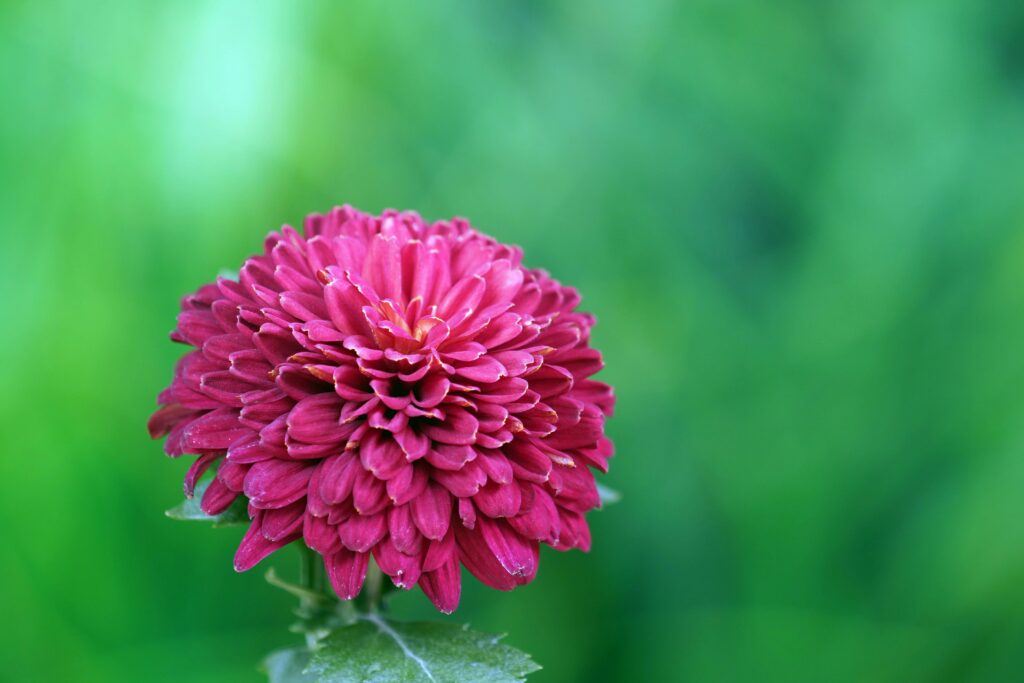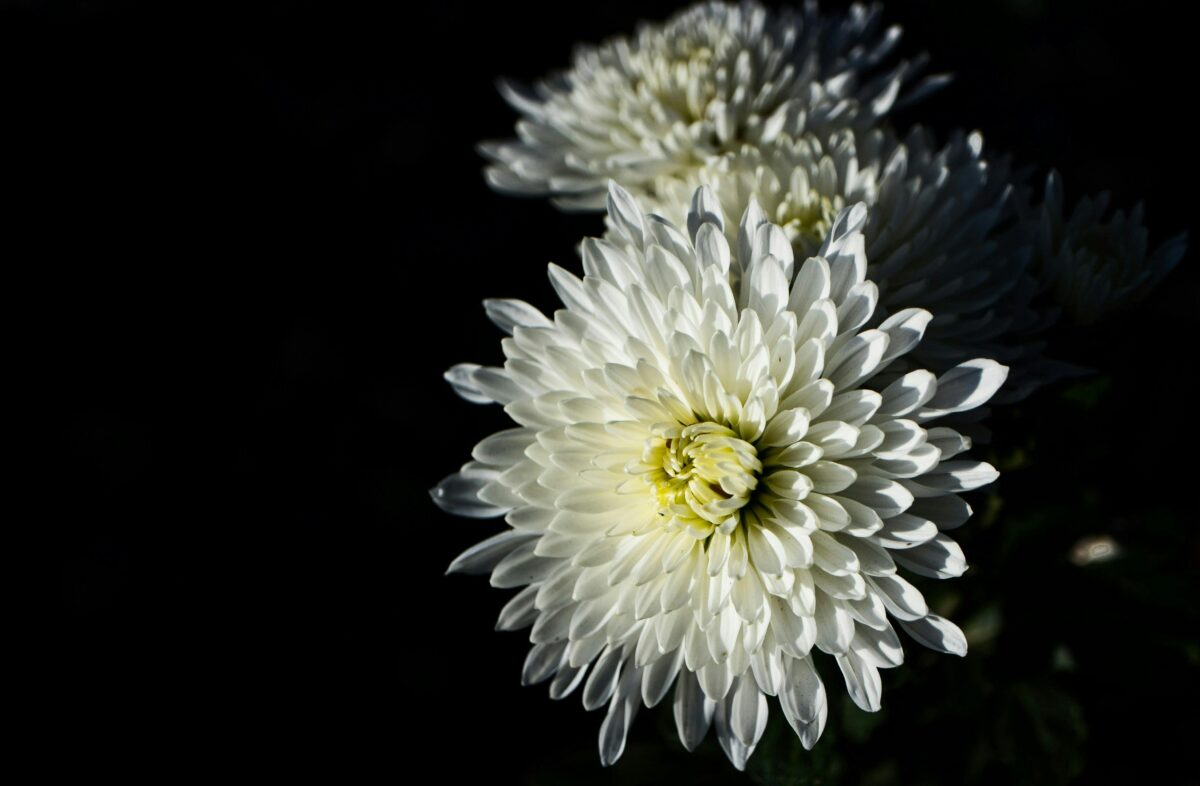Carnations are one of the most beloved and versatile flowers in the United States. You’ve likely seen them in Mother’s Day bouquets, wedding centerpieces, school dances, graduation leis, or funeral arrangements. Their ruffled petals and long-lasting beauty make them a florist favorite—but there’s more to these blooms than meets the eye. Behind every carnation is a story, a feeling, and a message waiting to be shared.
A Flower Steeped in History
The history of the carnation goes back over 2,000 years. Native to the Mediterranean region, carnations were revered in ancient Greek and Roman ceremonies, often used in crowns and decor for their beauty and fragrance. The name “carnation” is thought to come from the Latin coronatio, meaning “garland” or “crown.”
In modern times, carnations have maintained their place in culture and symbolism. They represent a wide range of emotions, including:
- Love and devotion
- Fascination and admiration
- Remembrance and respect
This wide emotional range is largely expressed through color, with each hue conveying something unique. Whether you’re giving flowers to celebrate a loved one or to offer comfort in hard times, carnations can say exactly what words sometimes cannot.
What Each Carnation Color Represents

Here’s a look at what each carnation color traditionally symbolizes, and how it’s commonly used in American floral arrangements:
Red Carnations
Meaning: Deep love, admiration, and affection
Red carnations are often used to show romantic love or deep admiration for someone. Dark red shades suggest passion, while lighter reds lean more toward admiration or respect. They’re commonly seen in Valentine’s Day bouquets, anniversary flowers, and memorial tributes.
White Carnations
Meaning: Purity, innocence, and good luck
White carnations represent honesty and pure love. They’re often used in sympathy arrangements, weddings, and graduation ceremonies, offering a message of hope and sincerity.
Pink Carnations
Meaning: Motherly love and gratitude
Pink carnations are the most iconic flower of Mother’s Day. Legend has it that they bloomed where the Virgin Mary’s tears fell, which is why they’re so closely associated with maternal love, compassion, and thankfulness. They’re also popular in birthday bouquets and “thank you” arrangements.
Yellow Carnations
Meaning: Disappointment or cheerful energy, depending on context
Traditionally, yellow carnations signified rejection or disappointment. But in modern use, their sunny color often brings a cheerful vibe and is seen in celebratory bouquets and friendship arrangements. Context and pairing with other flowers can soften or shift the meaning.
Purple Carnations
Meaning: Capriciousness, spontaneity, and whimsy
Purple carnations represent unpredictability and charm. They’re a fun choice for creative or expressive people and are sometimes used in birthday bouquets or artistic floral designs. They bring a playful touch to more traditional arrangements.
Carnations in American Traditions
Carnations play a special role in many American milestones and traditions:
- Mother’s Day: Pink and red carnations are gifted to living mothers, while white carnations are often worn to honor mothers who have passed.
- Funerals: White and red carnations symbolize remembrance and love for the departed.
- Weddings: Carnations are used in boutonnieres, centerpieces, and bridal bouquets, especially for budget-conscious celebrations.
- School Events: Prom corsages, graduation leis, and homecoming crowns often feature carnations for their affordability and elegance.
- Patriotic Displays: Red, white, and blue arrangements for Memorial Day or Fourth of July sometimes include carnations to honor service and sacrifice.
Final Thoughts
Carnations may be common, but their meanings run deep. Whether you’re celebrating life, expressing gratitude, or offering comfort, there’s a carnation color that speaks from the heart. Their affordability, beauty, and rich symbolism make them one of the most expressive flowers in American culture.
Next time you pick up a bouquet, pause for a moment. That soft pink bloom? It might be saying “thank you, Mom.” That deep red stem? It could be whispering “I still love you.” And in those little moments, carnations remind us why flowers have always spoken where words fall short.
